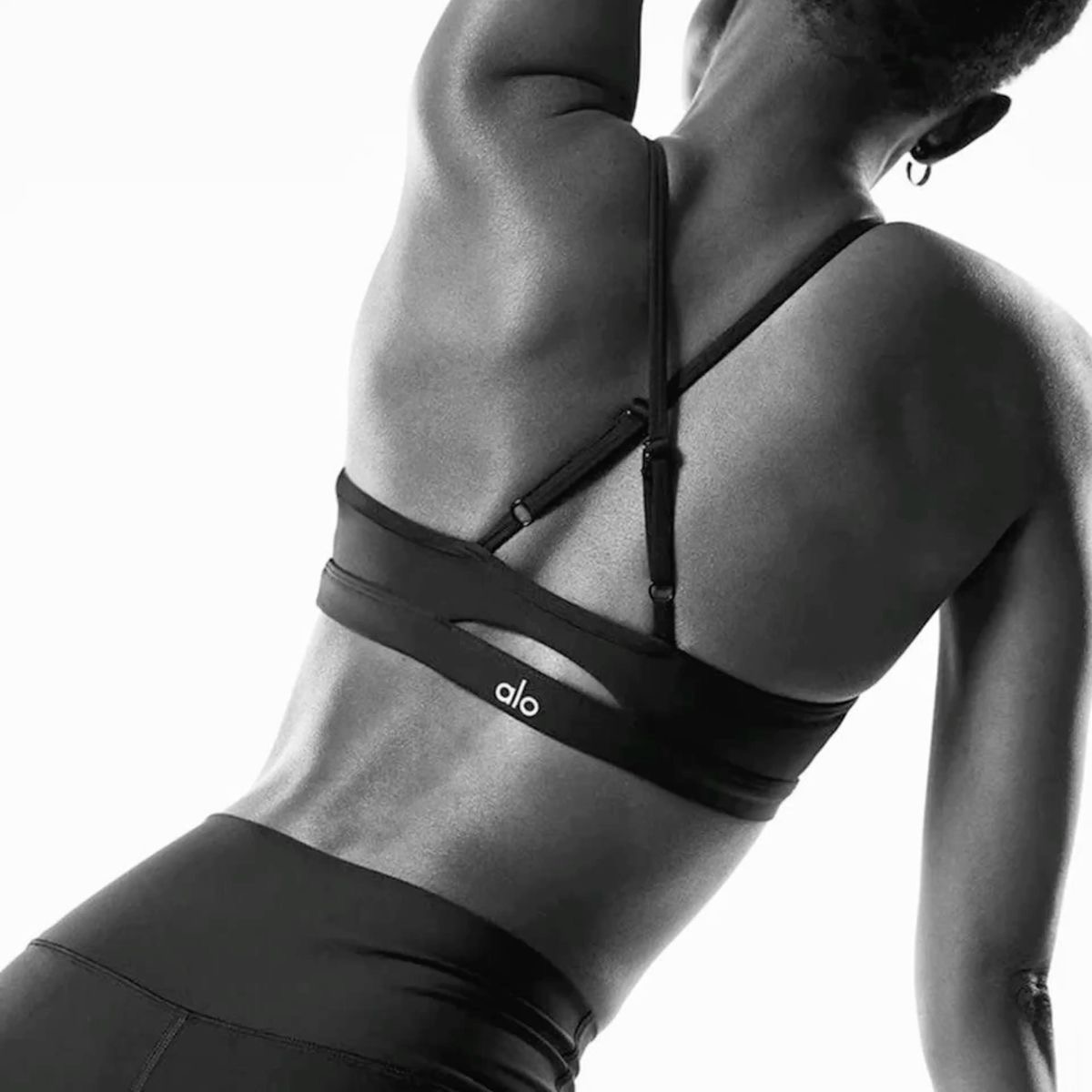
Yoga Poses For Your Posture
Yoga is an ancient holistic discipline that millions of people are practicing nowadays. Originating from India over 5000 years ago, it has wedged itself into modern life. Some people do it for spiritual development, others for its physical benefits or for mental well-being. By itself, the word yoga means “union” or “to join,” which perfectly reflects the purpose of this practice — to reach the connection of the body, mind, and spirit.
For centuries, yoga has embraced many styles with different techniques and philosophies. If you’re a beginner, you’d better start with Hatha or Restorative yoga. The Hatha Yoga Pradipika, dating back to the 15th century, is one of the most traditional forms of practice that focuses on a slow pace and foundational poses. It will help you learn the basics and experience its benefits along the way.
Yoga consists of 3 main elements that work together to create harmony: asanas (physical postures), pranayama (breathing techniques), and dhyana (meditation). When you reach the balance of the three, you get both visible and invisible benefits of this ancient practice.
One of the clearest effects you can see after practicing yoga consistently is posture. Nobody can deny how important a great posture is. The way we stand, sit, and walk influences our physical health a lot and creates a better image of how others perceive us. Today we are going to explore 6 poses from Hatha yoga that will improve your posture and relieve back pain.
Yoga Poses
Adho Mukha Svanasana (Downward-Facing Dog)
Adho Mukha Svanasana is a classic full-body stretch pose that strengthens and lengthens your body. Doing it on a daily basis is good for improving circulation and straightening posture. That will relieve tension in the neck, shoulders, and spine. To get into this V-like pose, you need to tuck your toes from a hands-and-knees position, lift your hips toward the ceiling, and straighten your legs as much as you can while pressing your heels toward the floor.
Marjaryasana–Bitilasana (Cat–Cow)
This pose is a bit more flexible. Cat–Cow is a flowing movement between arching and rounding the spine. It improves spinal flexibility and relieves stiffness in the back, especially in the lower spine. You should repeat this sequence a few times, holding each position for around 5–10 seconds and controlling your breath. Begin in tabletop position, inhale to drop your belly and lift your chest (Cow), then exhale to round your spine and tuck your chin (Cat).
Navasana (Boat Pose)
Boat Pose builds deep core strength, which is essential for supporting the spine and maintaining healthy posture. Strengthening the core can also reduce lower back pain and improve overall balance and body awareness. Another benefit is that Boat Pose may enhance digestion. When you activate and contract the abdominal muscles in this pose, you gently massage the internal organs. It may encourage better digestion, though evidence for this effect is mostly anecdotal or based on yoga tradition rather than clinical studies. To get into this position, you should sit and bend your knees, then slightly lean your back and lift your feet so shins are parallel to the floor. After, extend your arms forward while keeping your spine straight.
Salamba Bhujangasana or Bhujangasana (Sphinx or Cobra Pose)
These two poses are gentle backward bends. They will open up your chest, strengthen your upper back, and improve your spine’s flexibility, giving you the deer posture. Sphinx and Cobra poses are particularly effective for those who lead a sedentary lifestyle. They will correct rounded shoulders and a sunken chest. For Sphinx, you need to lie on your stomach with flat forearms and elbows placed under your shoulders, and for Cobra, place palms under shoulders and gently lift your chest while keeping elbows close to your body.
Balasana (Child’s Pose)
A deeply calming and relaxing Child’s Pose stretches your spine, hips, and thighs. It helps to lengthen the back muscles and release tension in your body. To get into Child’s Pose, you should kneel down, rest on your heels, and lean forward, stretching your arms forward and touching the mat with your head. Feel the moment and breathe deeply into your lower back, allowing each breath to expand your ribs, and each exhalation to calm your body and mind.
Tadasana (Mountain Pose)
Tadasana or Mountain Pose looks very simple, but it is the foundation for all standing postures in yoga. It teaches you how to align your body from your feet grounded to the floor to your head. Tadasana strengthens subtle muscles that keep you standing tall.
If you dedicate a few mindful minutes to your body, soul, and mind each day for 3-4 months, these yoga poses will transform your posture and the way you feel in your own body. So, roll out your mat, take a deep breath, and let each pose guide you toward a stronger spine, a calmer mind, and a more confident you.
